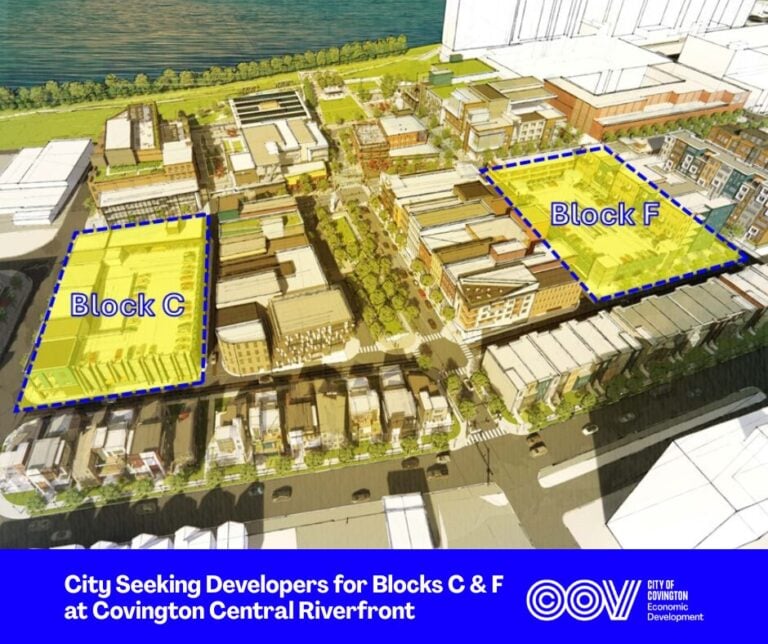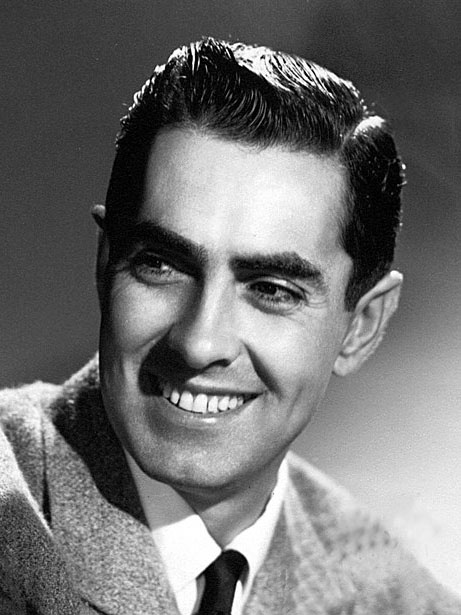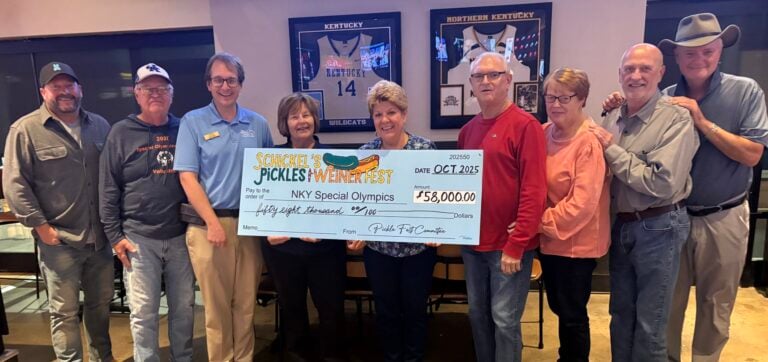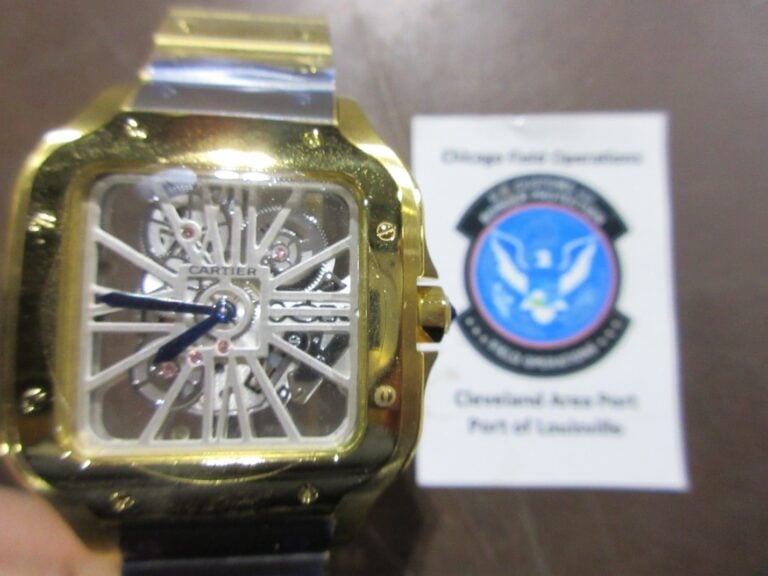By Dave Schroeder
Special to NKyTribune
Part three of a three-part series on the region’s destructive tornadoes.
On the evening of July 7, 1915, Northern Kentuckians experienced an unprecedented series of tornados and straight-line winds that caused havoc in the region. Storms swept through Kenton and Campbell Counties leaving a path of destruction. At least two people died, and many were injured.

Shortly after 9 p.m. the huge storm entered Bromley, Kentucky, from the west. Considerable damage was done to multiple businesses and homes near the corner of Pike and Main Streets. Bromley looked like a war zone, with houses lifted from their foundations and windows broken from one end of the city to another. The tornado crossed Dry Creek and slammed into the Ludlow Lagoon Amusement Park. Fortunately, patrons had sought cover before the storm reached the area. High winds blew the roofs off many of the buildings and completely destroyed the park’s motorcycle racetrack and entrance pavilion. The remnants of the entrance pavilion crushed a streetcar that had recently arrived.
The storm then moved up West Oak Street damaging multiple homes and shattered all the windows in the Ludlow Elementary School building. St. Boniface Church on Adela Avenue experienced near total destruction. The nave of the 22-year-old building collapsed under the heavy winds, leaving the building unusable. Ironically, the tower and steeple were the only parts of the building that remained unscathed. Ludlow’s Masonic Hall on Elm Street lost its spire, and the tower on the Wesley Methodist Church was swept away.

The path of the storm in Covington and Newport can be traced by the mangled and twisted church steeples left in the heavy wind’s wake. St. Joseph Church at the corner of Twelfth and Greenup Streets suffered severe damage. The church tower fell onto Greenup Street, damaging the J. Donovan Café. Those in the café watched as the façade of the building collapsed right in front of their eyes. The Colored First Baptist Church was so damaged by the storm that the building had to be demolished, leaving the congregation without a permanent home for two years. Other damaged houses of worship in Covington included St. Aloysius, Mother of God, St. Patrick, Shinkle Methodist, and the Christian Church on Fifth Street. Turner Hall was heavily damaged by the tornado. The roof of the building was lifted from the rafters and strewn across the neighborhood. In addition, all the windows were broken, and the second-floor balcony was destroyed.

Also in Covington, more than 1,000 homes were damaged. Personal stories were recorded in the local newspapers following the storm. One of the more interesting accounts was the discovery of a two-year-old toddler found unharmed in a street gutter along Russell Street. The child was taken to a nearby pharmacy until the parents could be found. Another account described the prisoners in the Covington Jail praying as the gusts of wind blew the roof off the structure. The prisoners were later put to work cleaning up the storm damage.
In Newport, the steeples of Immaculate Conception Church, St. Paul Episcopal, and Grace Methodist were severely damaged. Also in Newport, the Wiedemann Brewery malt house was partially destroyed. All that remained of the Clifton Heights School south of the city was a pile of bricks and timbers.
In Bellevue, the graceful spire of Sacred Heat Church at the corner of Taylor and Division Streets was so twisted out of shape that it had to be removed. It was soon replaced by a cupola which still stands today. The Lutheran Church tower was also severely damaged. Bellevue officials reported that 25 homes had experienced some damage due to the storm and that the wooden buildings along the Bellevue and Dayton beaches had been blown away. Newspapers described Dayton, Kentucky, as “strew with down limbs and debris from one end of the city to the other.” Heavy winds toppled the steeple of the Dayton First Baptist Church and deposited the remains in the street. The storm then headed south toward the city of Fort Thomas, where one of the fort’s barracks buildings was completely destroyed.

Erlanger did not escape the wrath of the storms. Tragedy struck the home of August and Katherine Dauwe. During the height of the storm, the Dauwe home was turned on its side by the heavy winds. August, his two daughters and one son were all seriously injured. Katherine was crushed beneath the house and died from a broken neck. She was laid to rest a few days later at St. John Cemetery in Fort Mitchell.
The storm downed numerous utility lines in Northern Kentucky, and the streets were strewn with live electrical wires. Most areas lost electrical power and telephone service. Streetcar service was also hampered by the huge amount of debris on city streets. Streetcar service to Latonia, Ludlow, Fort Mitchell, and Fort Thomas was suspended for several days. The C&O Railroad also suffered a loss of service due to the storm. The winds were so strong that the railroad bridge over the Licking River between Covington and Newport was damaged and put out of service for a number of days. The railroad offices on Madison Avenue in Covington were leveled.
Local officials in the region estimated the economic loss due to the storm in the millions of dollars. Some of the damage was covered by insurance, much was not. While newspaper coverage was extensive, the numbers of injured or dead were never fully reported.
David E. Schroeder is Director of the Kenton County Public Library, the author of Life Along the Ohio: A Sesquicentennial History of Ludlow, Kentucky (2014), and coeditor of Gateway City: Covington, Kentucky, 1815–2015 (2015).
Paul A. Tenkotte, PhD is Editor of the “Our Rich History” weekly series and Professor of History and Gender Studies at Northern Kentucky University (NKU). He also serves as Director of the ORVILLE Project (Ohio River Valley Innovation Library and Learning Enrichment), premiering in Summer 2024. ORVILLE is now recruiting authors for entries on all aspects of innovation in the Ohio River Watershed including: Cincinnati (OH) and Northern Kentucky; Ashland, Lexington, Louisville, Maysville, Owensboro and Paducah (KY); Columbus, Dayton, Marietta, Portsmouth, and Steubenville (OH); Evansville, Madison and Indianapolis (IN), Pittsburgh (PA), Charleston, Huntington, Parkersburg, and Wheeling (WV), Cairo (IL), and Chattanooga, Knoxville, and Nashville (TN). If you would like to be involved in ORVILLE, please contact Paul Tenkotte at tenkottep@nku.edu.





















